For avian enthusiasts and pet bird owners, traveling with your feathered friend by car can be a delightful experience.
Whether you’re embarking on a family vacation or moving to a new location, proper planning and careful consideration are essential to ensure a safe and comfortable journey for your avian companion.
In this article, we will provide you with a comprehensive guide on how to travel with a bird by car, ensuring their well-being throughout the trip.
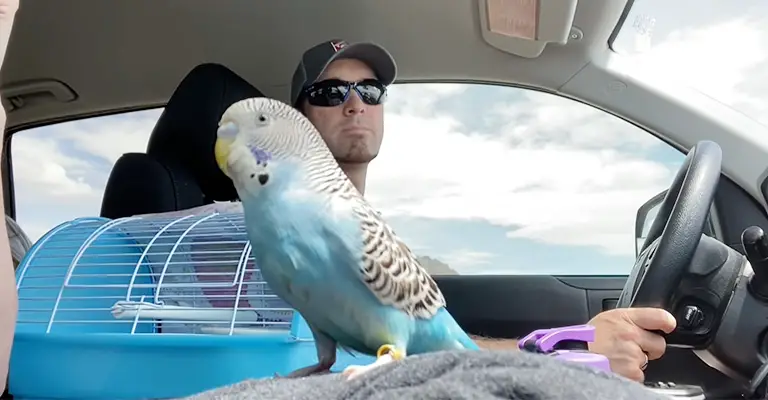
How to Travel with a Bird by Car?
If you’re planning to travel with your bird by car, follow these steps to make a safe journey:
Preparing the Travel Cage
The first step in traveling with your bird is to invest in a suitable travel cage. Choose a cage that provides ample space for your bird to move around comfortably, with secure latches and sturdy construction.
Make sure the cage is well-ventilated and includes food and water dishes. Line the cage with paper or bird-safe bedding material for easy cleaning.
Acclimating Your Bird to the Travel Cage
Before the journey, introduce your bird to the travel cage gradually. Place it in their regular environment a few days before the trip, allowing them to explore and become familiar with it. This will help reduce stress and make them more comfortable during the journey.
Safety First
Ensure that your bird’s travel cage is securely fastened in the car, preventing any movement or tipping during the journey. Never place the cage on the front seat or in the trunk, as these areas can be dangerous for your bird.
The back seat and the floor behind the passenger seat are safer options. Use seat belts or other secure methods to prevent the cage from shifting.
Climate Control
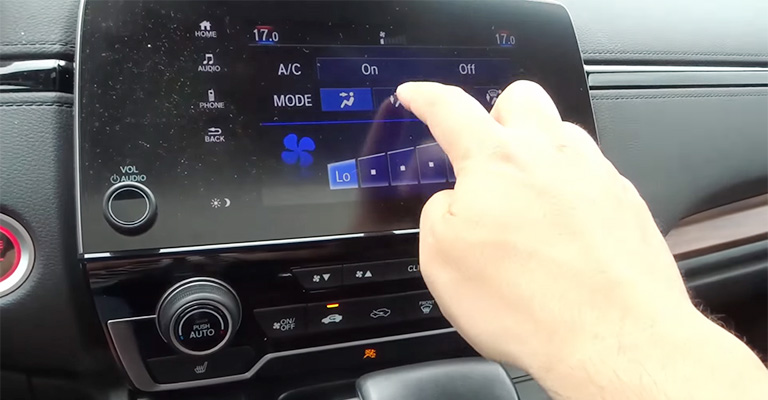
Birds are sensitive to temperature fluctuations. It is crucial to maintain a comfortable climate inside the car during the journey. Avoid exposing your bird to direct sunlight or drafts.
In hot weather, use air conditioning or provide proper ventilation, ensuring the airflow does not directly hit the cage. In colder temperatures, use appropriate insulation or a heating pad to maintain a warm environment.
Food and Water
Keep a supply of fresh food and water accessible to your bird during the journey. Opt for spill-proof containers to avoid any mess.
Offer your bird their regular diet and avoid feeding them unfamiliar or perishable foods that may cause digestive issues. Ensure that the water is changed frequently to maintain cleanliness.
Frequent Breaks
Plan for frequent breaks during the journey to allow your bird some time out of the cage for stretching and exercise. Choose safe and controlled areas, away from traffic and other potential hazards.
Ensure that your bird is supervised and not exposed to any potential dangers, such as other animals or toxic substances.
Minimizing Stress
Traveling can be stressful for birds, so it’s crucial to create a calming environment. Play soft and soothing music or provide white noise to minimize external sounds that may startle your bird. Covering the cage partially with a lightweight cloth can also provide a sense of security.
Comfort and Familiarity
Bring along some of your bird’s favorite toys or perches to create a sense of familiarity and comfort. These items can help keep them occupied and reduce stress during the journey.
Is Traveling Stressful for Birds?
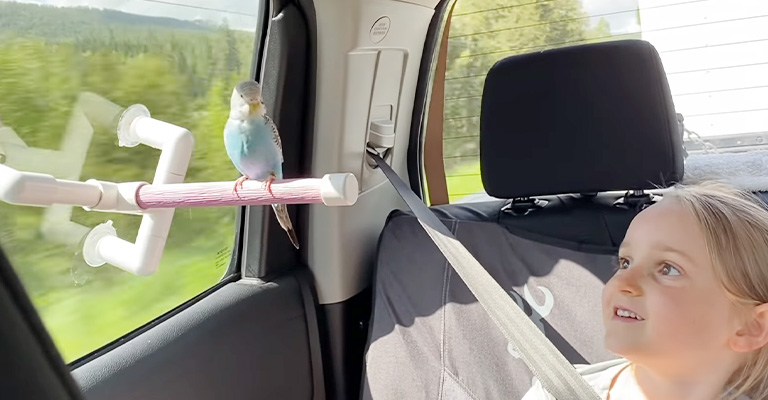
Yes, traveling can be stressful for birds. Birds are creatures of habit and can be sensitive to changes in their environment. The unfamiliar sights, sounds, and motions associated with traveling can cause stress and anxiety in birds.
Additionally, being confined to a travel cage for extended periods can also contribute to their stress levels.
Factors that can contribute to travel-related stress in birds include:
Novel Environment
Birds are accustomed to their familiar surroundings, and being in a new and unfamiliar environment can be unsettling for them.
Motion and Vibration
The movement and vibrations associated with car travel or other modes of transportation can be disorienting for birds, especially if they are not used to it.
Changes in Temperature and Humidity
Fluctuations in temperature and humidity levels during travel can affect birds, especially if they are not adequately protected from extreme conditions.
Noise
The sounds of traffic, engines, and other external noises during travel can be loud and overwhelming for birds, causing stress and anxiety.
Confinement
Being confined to a travel cage can restrict a bird’s movement and prevent them from engaging in their usual activities, which can contribute to stress.
To minimize travel-related stress for your bird, it is important to provide a calm and comfortable environment, maintain familiarity as much as possible, and take steps to reduce stress triggers.
Gradual acclimatization to the travel cage, using familiar toys and perches, and providing a sense of security with a partially covered cage can all help ease their stress levels.
Observing your bird’s behavior and adjusting their care accordingly can help mitigate their stress during travel. If you notice excessive signs of stress or any health concerns, it may be necessary to consult a veterinarian for guidance.
How to Prepare the Bird for Journey?
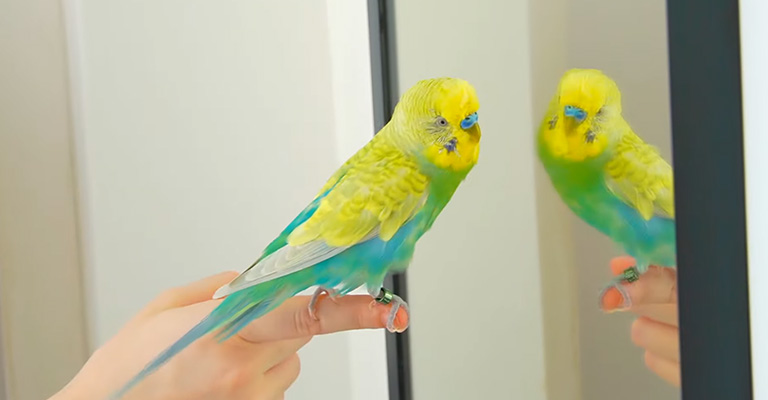
Preparing your bird for a journey requires careful planning and consideration to ensure its well-being and comfort throughout the trip. Here are some steps to help you prepare your bird for the journey:
Health Check-Up
Schedule a visit to your avian veterinarian before the journey. Ensure that your bird is in good health, up-to-date on vaccinations, and free from any underlying medical conditions.
Discuss your travel plans with the vet and seek their advice on any specific precautions or medications that may be necessary.
Familiarize Your Bird with the Travel Cage
Introduce your bird to the travel cage well in advance of the journey. Allow them to explore and become comfortable with the cage in their regular environment.
Gradually increase the duration of time they spend inside the cage to help them adjust. Place their favorite toys or treats inside to create a positive association.
Training and Conditioning
If your bird is not accustomed to car rides or travel, gradually introduce them to short car trips to help them acclimate. Start with brief journeys and gradually increase the duration to help them become comfortable with the motion and sounds of the car.
Secure the Cage and Ensure the Safety
Choose a travel cage that is secure, sturdy, and well-ventilated. Double-check the latches and fastenings to ensure they are secure and will not accidentally open during the journey.
Place identification tags on the cage with your contact information in case of any unforeseen events.
Pack the Essentials
Gather all the necessary supplies for the journey. These may include food and water dishes, fresh food, a water bottle or spill-proof containers, familiar perches, toys, and any medication your bird may require. Pack a first-aid kit specific to avian needs in case of emergencies.
Plan for Comfort
Consider the climate and temperature during your journey. Ensure the car’s climate control is appropriate for your bird’s comfort.
In hot weather, provide ventilation without direct drafts or sunlight. In colder temperatures, provide adequate insulation or a heating pad to keep your bird warm.
Reduce Stress
Keep the environment calm and minimize stress for your bird during the journey. Play soft music or provide white noise to mask any sudden or unfamiliar sounds. Covering a portion of the cage with a lightweight cloth can create a sense of security.
Maintain Routine and Familiarity
Stick to your bird’s routine as much as possible. Maintain their regular feeding schedule and offer them their familiar diet. Bring along their favorite toys, perches, or blankets to provide a sense of familiarity and comfort.
Provide Regular Breaks
Plan for frequent breaks during the journey to allow your bird some time outside the cage for stretching, exercise, and bathroom breaks. Ensure the area is safe and free from potential hazards.
Remember, each bird is unique, and their specific needs may vary. It is essential to observe and understand your bird’s behavior and adjust the preparation accordingly to ensure their comfort and safety during the journey.
Care for the Bird During the Journey
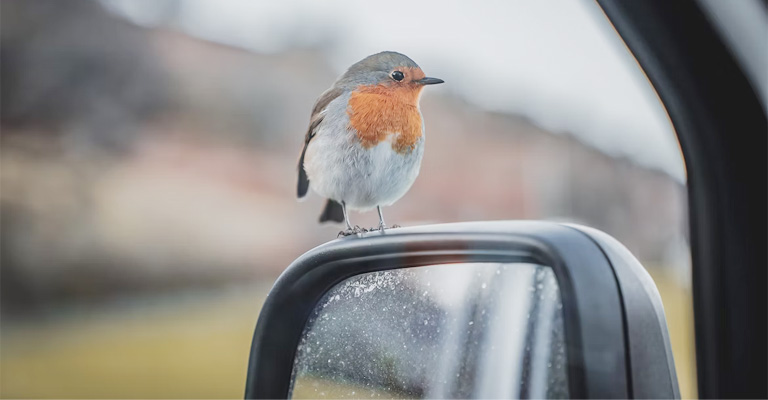
Caring for your bird during the journey is crucial to ensure their well-being, comfort, and safety. Here are some important considerations to keep in mind while traveling with your bird:
Secure the Travel Cage
Make sure the travel cage is securely fastened in the car to prevent any movement or tipping during the journey. Use seat belts, straps, or other secure methods to keep the cage in place. Avoid placing the cage in the trunk or on the front seat, as these areas can be unsafe for your bird.
Temperature and Ventilation
Maintain a comfortable temperature inside the car for your bird. Avoid exposing them to direct sunlight or drafts. In hot weather, use air conditioning or provide proper ventilation without direct airflow hitting the cage. In colder temperatures, ensure adequate insulation or use a heating pad to keep your bird warm.
Food and Water
Keep a fresh supply of food and water accessible to your bird throughout the journey. Use spill-proof containers to avoid mess and spills.
Offer their regular diet and avoid feeding them unfamiliar or perishable foods that may upset their digestive system. Change the water regularly to maintain cleanliness.
Reduce Stress
Traveling can be stressful for birds, so take steps to minimize stress during the journey. Keep the environment calm and provide a sense of familiarity.
Play soft and soothing music or use white noise to mask any sudden or unfamiliar sounds. Covering a portion of the cage with a lightweight cloth can create a secure and cozy space for your bird.
Comfort and Familiarity
Bring along familiar items from their regular environment, such as their favorite toys, perches, or blankets. These familiar objects can provide a sense of comfort and security for your bird during the journey.
Ensure the travel cage has enough space for them to move around comfortably and stretch their wings.
Monitor Your Bird
Keep a close eye on your bird’s behavior during the journey. Observe any signs of discomfort, stress, or illness. If you notice any concerning changes, find a safe place to stop and assess their well-being.
If necessary, consult a veterinarian along your travel route or once you reach your destination.
Take Regular Breaks
Plan for frequent breaks during the journey to allow your bird some time outside the cage for stretching, exercise, and bathroom breaks.
Find safe and controlled areas away from traffic and potential hazards. Supervise your bird closely during these breaks to prevent escapes or accidents.
Be Prepared for Emergencies
Have a first-aid kit specifically designed for avian needs readily available in case of any emergencies or accidents. Familiarize yourself with basic avian first-aid procedures, and keep the contact information of a local avian veterinarian or an emergency veterinary clinic handy.
Remember, each bird is unique, and their specific needs may vary. Pay attention to your bird’s behavior and adjust their care accordingly during the journey. Your bird’s safety and well-being should always be a top priority while traveling.
FAQs
It is generally not recommended to let your bird out of the cage while traveling by car. Birds can become startled or scared in unfamiliar environments, leading to potential accidents or escape.
It is safer to keep them securely inside their travel cage to prevent any mishaps or injuries.
During long car journeys, it is essential to plan for bathroom breaks for your bird. You can bring a small travel cage or a portable perch that you can attach to a sturdy surface outside the car, away from traffic.
Allow your bird supervised time to stretch their wings, exercise, and relieve themselves. Ensure the area is safe and free from potential dangers.
If you are traveling with larger bird species, such as parrots or cockatoos, additional safety measures should be taken. Larger birds can be more prone to injury during sudden stops or accidents.
Ensure that the travel cage is secure and cannot tip over or shift during the journey. Consider using car harnesses or specially designed bird car seats to provide extra stability and prevent movement.
To help your bird stay calm and comfortable during the car ride, provide a soothing and familiar environment. Play soft music or white noise to minimize external sounds. Covering a portion of the cage with a lightweight cloth can create a sense of security.
Maintain a stable temperature and avoid exposing your bird to direct sunlight or drafts. Bringing along their favorite toys or perches can also provide a sense of comfort and familiarity.
It is advisable to consult a veterinarian before traveling with your bird, especially if it is a long journey or if your bird has any pre-existing health conditions.
A veterinarian can provide specific guidance based on your bird’s individual needs, offer travel tips, and ensure that your bird is in good health for the journey.
Final Words
Now you know how to travel with a bird by car. Traveling with a bird by car requires careful planning and attention to detail. By following these guidelines, you can ensure a safe and comfortable journey for your avian companion.
Remember, the well-being of your bird should always be a top priority. With proper preparation, patience, and a loving approach, your feathered friend can enjoy the adventure of traveling while staying safe and content throughout the trip.